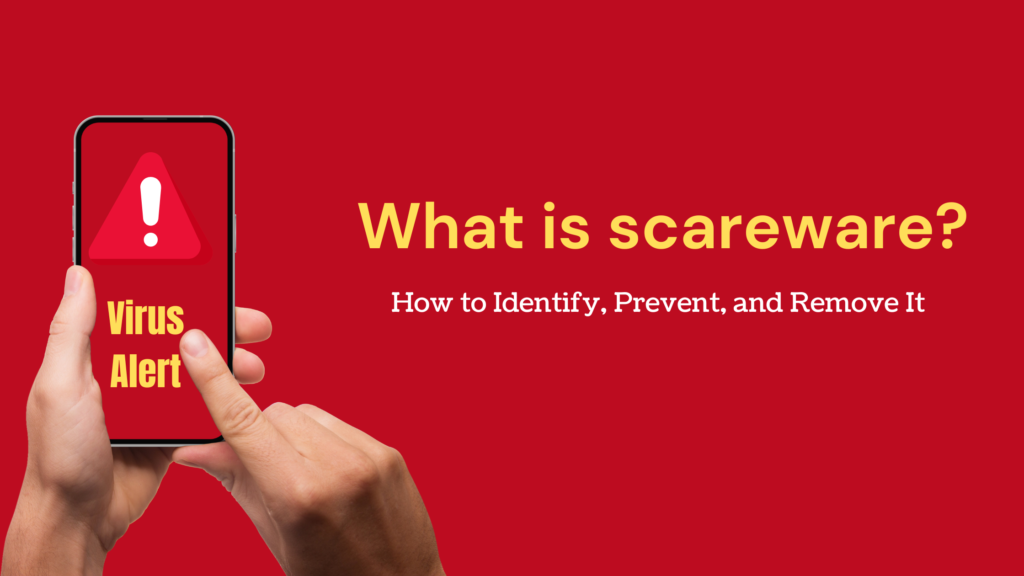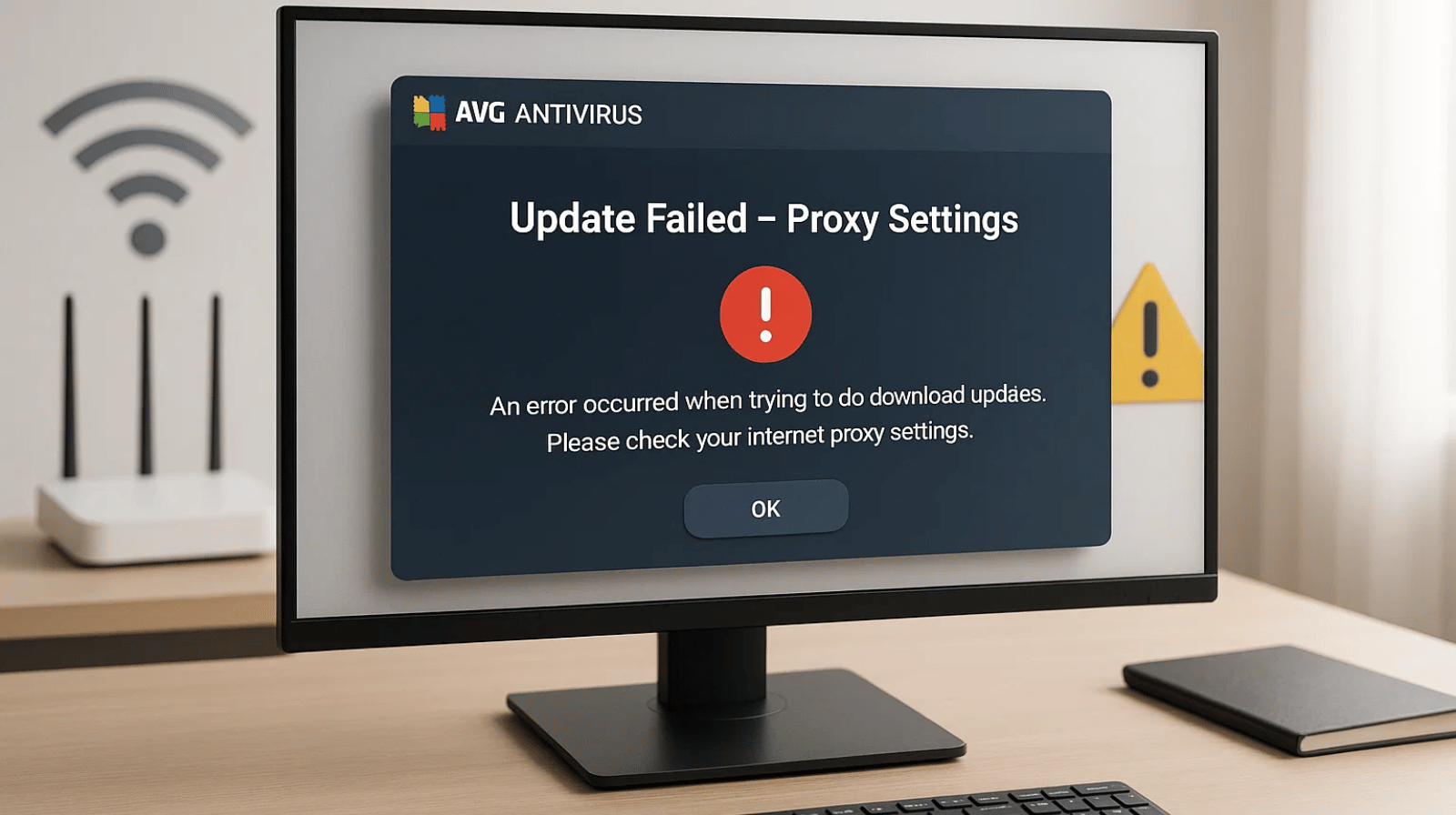Scareware refers to an annoying and distracting tactic that its users do not look quite nicely at cybercriminals in the instance of information technologies, and the practice refers to doing many maleficent actions and often scaring the user to do more harm than good. Faking payment cells or scant threats on pop-up notifications, when the device is okay, are examples of scareware. Such warnings lead the users into the traps of purchasing malware, spending money on non-existent security programs, and giving away their details.

How Does Scareware Work?
Scareware works by making you feel scared and rushed, pushing you to act quickly. Here’s how it usually runs:
- Fake Alerts: You can see a message on your screen that looks like a real warning from security software. The alert often says your device has a virus or is at risk and tells you to do something right away.
- Redirects to Fake Antivirus Software: Clicking on these alerts may take you to a website offering a “solution”—which is usually a fake antivirus program. Once installed, it could infect your system with real malware or spyware.
- Phishing for Personal Information: Some scareware tactics ask for personal information, such as credit card details, in exchange for removing the so-called threats.
How to Identify Scareware
Spotting scareware is key to not getting tricked by these scams. Here are some signs that you might have scareware:
- Big Warnings: Scareware often uses loud words and bright images to make you feel scared, like “Your computer is very sick!” or “You must act now!”
- Surprise Pop-ups: Real security software usually works quietly and doesn’t fill your screen with pop-ups. If you see a sudden alert on your browser or desktop, be careful.
- Requests for Immediate Payment: Scareware often prompts users to pay for a service or product right away to remove the “threat.” Be wary of any software that pressures you to make an urgent purchase.
- Unfamiliar Software Names: Scareware frequently uses names that sound legitimate but are slightly off, like “FastSecure AV” or “ProDefender Pro.” If the name of the software isn’t something you’re familiar with, don’t trust it.
How to Prevent Scareware
Prevention is key when it comes to avoiding scareware. Here’s how to stay protected:
- Install trusted security software: Use well-known, reputable antivirus software that automatically updates and scans for threats. Always download these programs directly from the official websites.
- Enable Pop-up Blockers: Many scareware attacks occur through pop-up windows. Use a browser with a pop-up blocker to reduce the risk of encountering these malicious windows.
- Be skeptical of online ads. Avoid clicking on ads that claim your computer is infected or that you need to download a security update. These are common scareware tactics.
- Keep Software Up to Date: Regularly update your operating system, browsers, and antivirus software. Cybercriminals exploit vulnerabilities in outdated software to push scareware and other malware.
- Don’t Click on Unsolicited Links: Be cautious about clicking links in unsolicited emails or on unfamiliar websites, as they may lead to spyware attacks.
How to Remove Scareware
If you suspect that spyware has infected your device, here are the steps to remove it:
- Close the pop-up: If you encounter a scareware pop-up, do not click on it. Instead, close your browser using your task manager (Ctrl + Alt + Delete on Windows or Command + Option + Escape on Mac) or by force-closing the application.
- Run a Security Scan: Use your legitimate antivirus software to run a full system scan. This can help detect and remove any malicious software that may have been installed.
- Use Malware Removal Tools: If you’re unable to remove spyware with your standard antivirus software, consider using a dedicated malware removal tool, such as Malwarebytes or HitmanPro. These tools can target and eliminate spyware more effectively.
- Disconnect from the Internet: If you suspect that spyware has compromised your computer, disconnect from the internet to prevent further downloads or data transfers.
- Uninstall suspicious programs: Check your list of installed programs for anything unfamiliar. If you spot suspicious software, uninstall it immediately. However, be careful not to remove legitimate programs by mistake.
- Reset Your Browser: Some spyware operates through your web browser. Resetting your browser to its default settings can help remove malicious extensions or scripts that were installed as part of the scareware attack.
Final Thoughts
The aim of scareware is to take advantage of the user’s fear and time pressure by causing them to act quickly, which may end up compromising their devices or information. Such scams can be avoided by being alert, having a good security application, and avoiding scareware. Should you come across this type of software, take steps to eliminate it as soon as you can, and try not to get hurt anymore.
When doing things online, you need to be careful, and do not rush to click shocking advertisements or to install new and suspicious programs.”





Leave a Reply